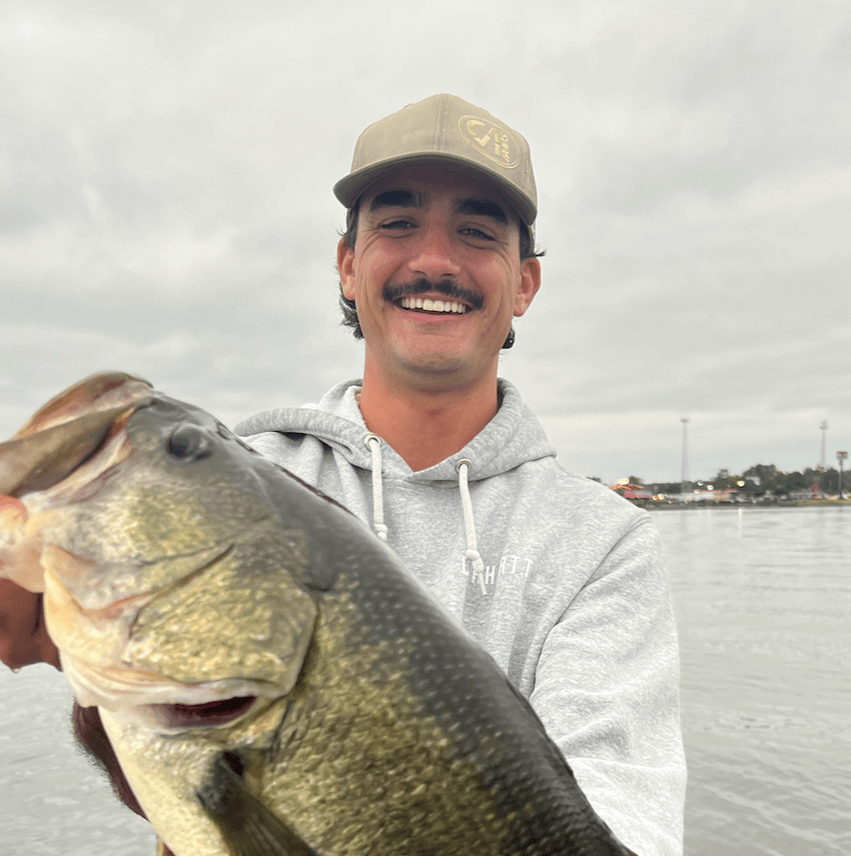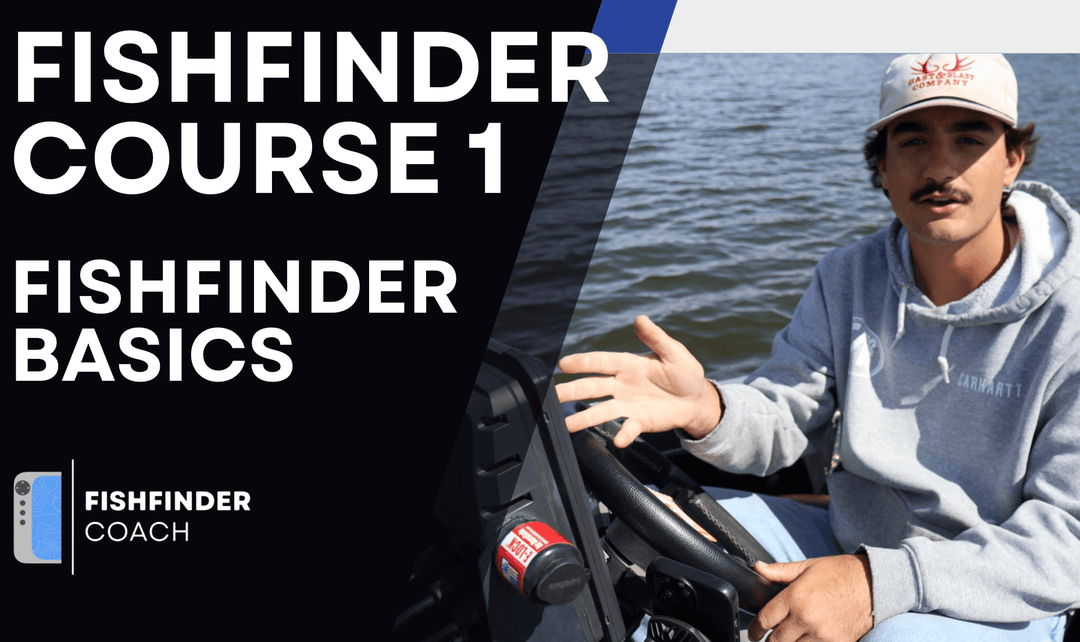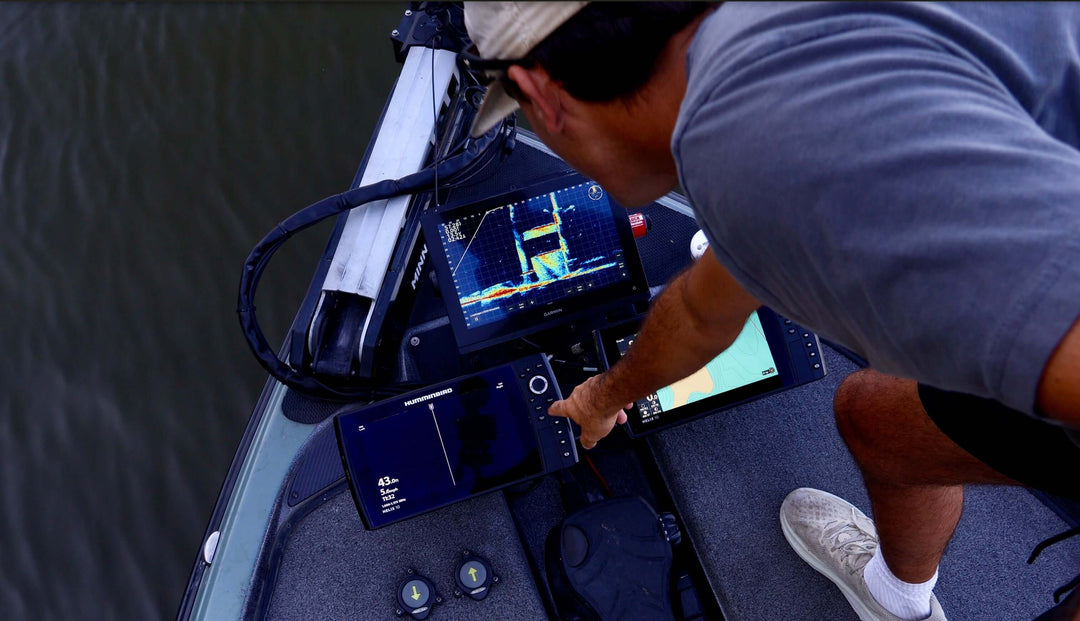Understanding Focus on Garmin LiveScope LVS32 and LVS34

Focus is a setting on Garmin LiveScope that helps align the different sonar beams to create a cleaner, more accurate image. If your screen shows uneven bottom contours, dead zones, or blurry sonar returns, adjusting Focus can help correct these issues. This setting is especially useful in different water temperatures, as sound travels at different speeds depending on conditions.
What Does Focus Do?
LiveScope transducers send out multiple sonar beams, which need to be properly aligned to display a smooth, continuous image. Focus fine-tunes the alignment of these beams so that:
- Bottom contours appear even instead of showing inconsistent slopes or steps.
- Fish and structure don’t get “cut off” due to beam misalignment.
- Dead zones are minimized, ensuring that all sonar returns are displayed correctly.
Because the speed of sound changes based on water temperature, Focus helps compensate for these variations to keep the sonar image accurate year-round.


When Should You Adjust Focus?
While you won’t need to change Focus frequently, there are certain times when it can dramatically improve your image:
- If the Bottom Looks Uneven When It Should Be Flat: This usually means the sonar beams are slightly misaligned.
- When Fish or Structure Seem to “Disappear” as you pan the transducer**: Dead zones can be caused by improper beam alignment.
- In Extreme Temperature Changes: Since sonar speed changes in different water temperatures, adjusting Focus ensures accuracy.
- If You Notice Blurry Returns: Sometimes, adjusting Focus sharpens up the image, making it easier to identify fish and structure.
Focus Settings: Manual vs. Auto
LiveScope offers both Manual and Auto Focus options:
- Auto Focus (Freshwater or Saltwater): Best for general use. Garmin’s software automatically adjusts for water conditions.
- Manual Focus: Allows you to fine-tune the beam alignment for specific depths and conditions. This is useful if Auto isn’t correcting an issue.
Most anglers leave Focus on Auto, but if you notice alignment issues, switching to Manual and adjusting it slightly can help.
The Trade-Off: Auto Convenience vs. Manual Precision
- Auto Focus works well in most conditions and eliminates the need for frequent adjustments.
- Manual Focus allows for fine-tuning but requires some trial and error to get it right.
- Incorrect Manual Focus settings can create dead zones, so use it carefully.
Practical Tips for Adjusting Focus
- Start with Auto Focus: It’s usually the best option unless you see clear issues with bottom alignment or sonar returns.
- Check for Uneven Bottoms: If a flat bottom looks wavy or stepped, adjusting Focus may help.
- Test in Different Temperatures: If the water temperature has changed significantly, a quick adjustment can improve clarity.
- Use Manual Focus Sparingly: Small tweaks are best—big adjustments can create more problems than they solve.
Final Thoughts
Focus is a powerful but rarely needed adjustment that helps keep LiveScope images sharp and properly aligned. If you’re seeing uneven bottoms, disappearing fish, or blurry sonar returns, checking Focus can help. However, leaving it on Auto is usually the best approach unless you have a specific issue to correct.






